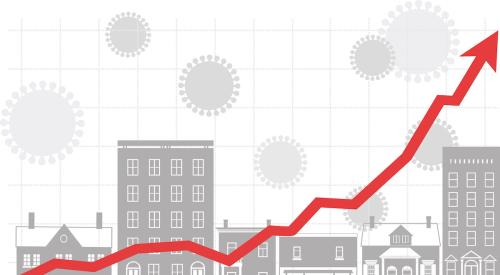Suburban areas with easy access to cities continue to be hotspots for homes, resulting in increasing home prices and tough competition but bigger cities and suburbs right outside urban areas experience the opposite. More homes in cities and neighboring suburbs have sold for under the listing price, and this can point to a shift toward a more buyer-friendly market. Realtor.com’s senior economist says a typical housing market sees homes selling for about 3% to 4% under the listing price, and that’s the trend happening in North Miami Beach, New York, and Beverly Hills, reports Realtor.com.
To be clear, this doesn’t mean such areas are losing value. In some cases, sales prices are rising but haven’t caught up with asking prices. Similarly, sellers looking to capitalize on this exponential price growth may have been overly ambitious with their pricing strategies.
“No one wants to leave money on the table,” says Elizabeth Casey, a senior real estate specialist at William Raveis Real Estate in Greenwich, CT. Homes in Greenwich are selling for about 4% below the asking price on average. Some sellers are listing for more than the house is really worth, she notes.
Last month, the national median list price was a staggering $385,000—up 12.7% from the year before. Most of that price growth is being seen in the suburbs, as having more space is a more valuable feature these days than proximity to the office. And as people move farther from expensive cities, their dollars can go further. So prospective buyers are more willing to kick in a little extra, especially with mortgage interest rates so low, to get a place to call their own.
To come up with this list, we looked at sales in nearly 1,500 U.S. cities during the first three months of 2021. We compared the final sales price with the last-known list price to see where homes were selling for way above (or below) what the owners were asking for. Then, we calculated the average amount over or under the asking price buyers ended up paying in those cities.
So where are we seeing the biggest disconnect between buyers and sellers? Let’s take a look.













